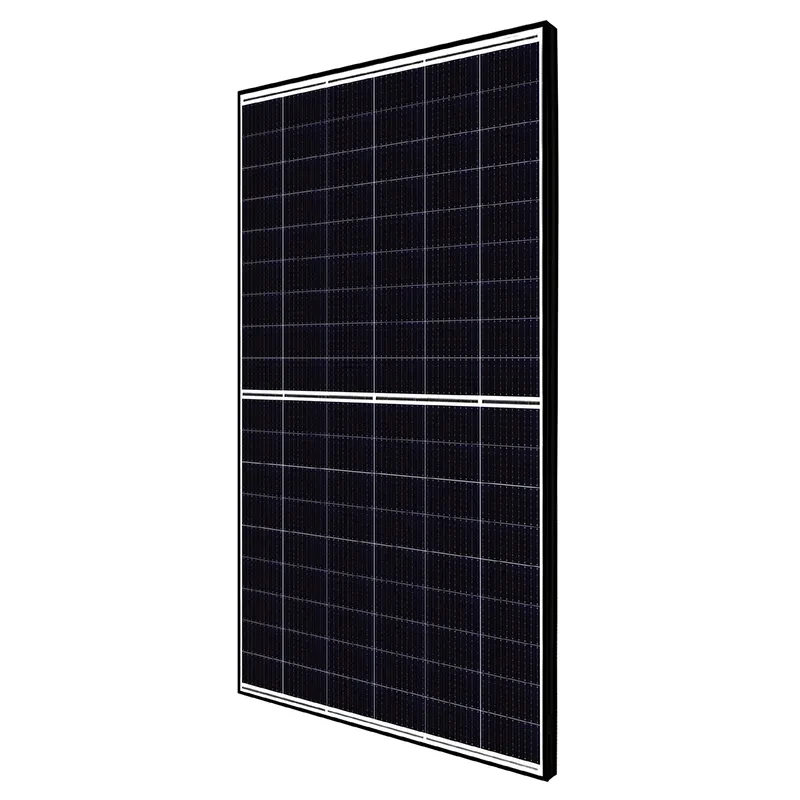Different Types of Solar Panels for Roofing Solutions to Maximize Energy Efficiency
Types of Roof Solar Panels A Comprehensive Guide
As we embrace a more sustainable future, the integration of solar energy into our everyday lives has become more than just an environmental choice; it has evolved into a viable solution for energy independence and cost savings. Roof solar panels are at the forefront of this transition, but with various types available in the market, it can be challenging to select the right one for your needs. This article explores the types of roof solar panels, their unique characteristics, and applications to help you make an informed decision.
1. Monocrystalline Solar Panels
Monocrystalline solar panels are widely recognized for their high efficiency and longevity. Made from a single continuous crystal structure, these panels have a uniform appearance and are typically black or dark blue.
Advantages - High Efficiency Monocrystalline panels usually convert 15-20% of sunlight into electricity, making them highly efficient. - Space-Efficient Their high efficiency means you can generate more power from a smaller area, making them ideal for homes with limited roof space. - Aesthetic Appeal Many homeowners prefer the sleek, uniform look of monocrystalline panels.
Disadvantages - Higher Cost They tend to be more expensive than other types due to their complex manufacturing process
. - Performance in High Temperatures While they perform well in low light, their efficiency can drop in extremely high temperatures.2. Polycrystalline Solar Panels
Polycrystalline solar panels are made by melting multiple silicon crystals together. Their appearance is typically noticeable due to the speckled blue color and irregular shapes of the silicon crystals.
Advantages - Lower Cost Polycrystalline panels are generally less expensive compared to monocrystalline, making them a more budget-friendly option. - Good Performance They perform adequately in high temperatures, which can often balance out the efficiency loss from lower conversion rates.
Disadvantages - Lower Efficiency The efficiency of polycrystalline panels usually ranges from 13-16%, which means more space is required for installation. - Aesthetic Considerations Some homeowners may find the irregular look less appealing than monocrystalline panels.
3. Thin-Film Solar Panels
types of roof solar panels

Thin-film solar panels are made from a variety of materials, including cadmium telluride (CdTe), amorphous silicon (a-Si), and copper indium gallium selenide (CIGS). They are significantly lighter and more flexible than their crystalline counterparts.
Advantages - Lightweight and Flexible Thin-film panels can be installed on surfaces that cannot support heavy-weight panels, such as curved roofs or specific building materials. - Good Performance in Low Light They perform well in low-light conditions and are less impacted by shading.
Disadvantages - Lower Efficiency Thin-film panels typically convert 10-12% of sunlight into electricity, requiring more surface area for the same output. - Space Requirement Given their lower efficiency, larger installations are often necessary, which may not be feasible for all homeowners.
4. Bifacial Solar Panels
Bifacial solar panels represent an innovative solution that captures sunlight from both sides. These panels are often made from monocrystalline or polycrystalline materials and can increase energy output by utilizing reflected light from the ground or surrounding surfaces.
Advantages - Higher Energy Production By capturing sunlight from both sides, bifacial panels can produce more energy, especially when installed in reflective environments. - Durability These panels often have a longer lifespan and can withstand harsher environmental conditions.
Disadvantages - Installation Complexity They require special mounting to maximize their potential, which can complicate installation. - Higher Initial Cost The initial investment is typically more substantial than traditional panels.
Conclusion
Selecting the right type of roof solar panels depends on various factors such as budget, space, aesthetic preferences, and energy needs. Monocrystalline panels offer high efficiency and a sleek appearance, while polycrystalline panels provide a more budget-conscious solution. Thin-film panels offer flexibility and lightweight benefits but require more space, and bifacial panels leverage innovative technology for increased energy production.
Understanding these options is essential for making a sustainable energy choice that aligns with your home and lifestyle needs. Embracing solar technology not only contributes to personal savings but also aids the global transition toward renewable energy sources, making it a win-win situation for both homeowners and the planet.
-
String Solar Inverter: The High-Efficiency Solution for Smart Solar EnergyNewsJul.14,2025
-
Revolutionizing Rooftop Energy with the Power of the Micro Solar InverterNewsJul.14,2025
-
Power Independence with Smart Off Grid Solar Inverter SolutionsNewsJul.14,2025
-
On Grid Solar Inverter: Powering the Future with Smart Grid IntegrationNewsJul.14,2025
-
Monocrystalline Solar Panels: High-Efficiency Power for the Future of Clean EnergyNewsJul.14,2025
-
Bifacial Solar Panel: A Smarter Investment for Next-Generation Energy SystemsNewsJul.14,2025







